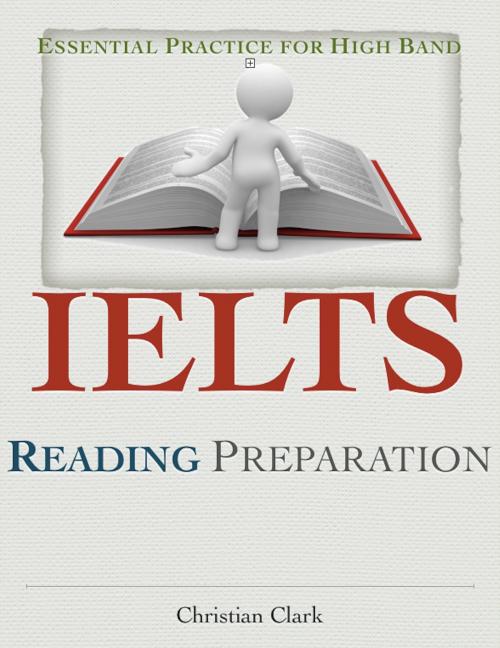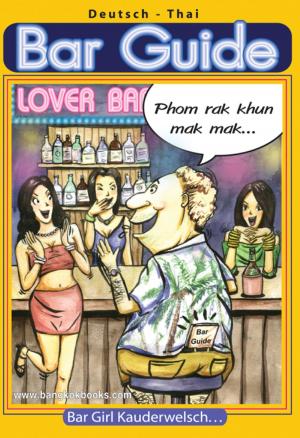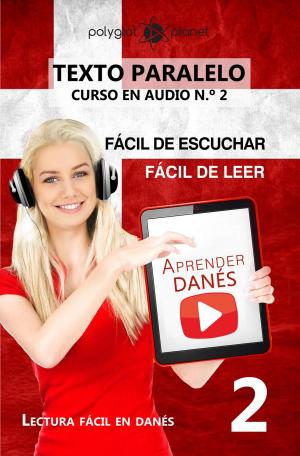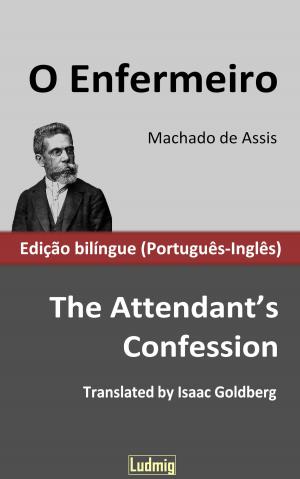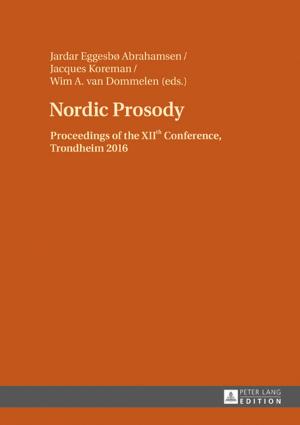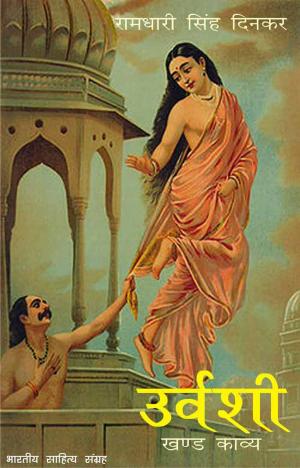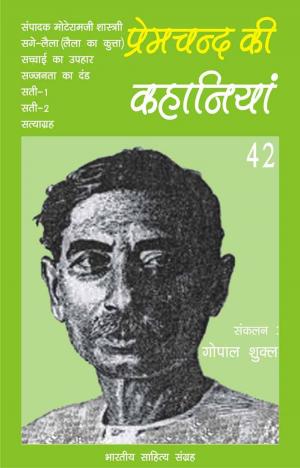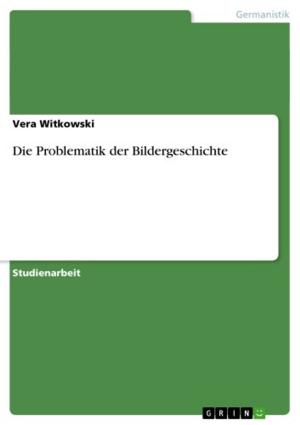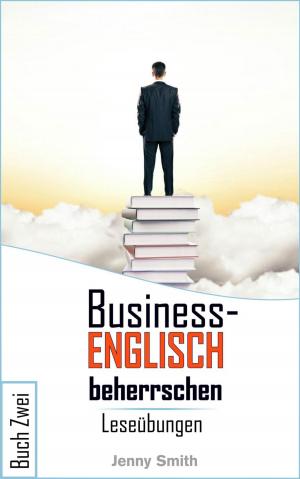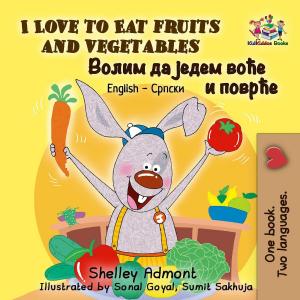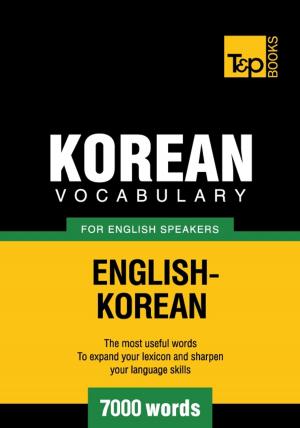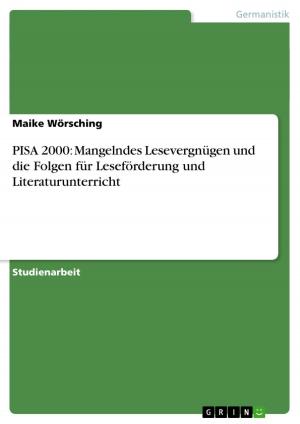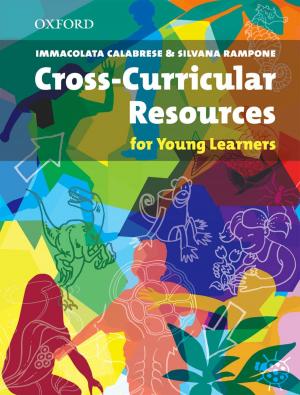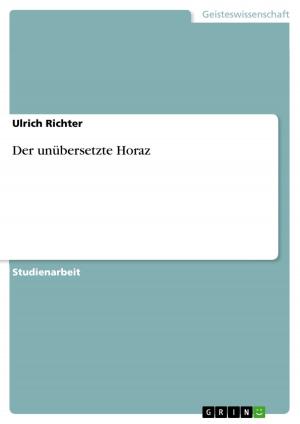IELTS Reading Preparation - Essential Practice for High Band Scores
Nonfiction, Reference & Language, Study Aids, Tests, ESL, Foreign Languages| Author: | Christian Clark | ISBN: | 1230000817011 |
| Publisher: | Christian Clark | Publication: | November 29, 2015 |
| Imprint: | Language: | English |
| Author: | Christian Clark |
| ISBN: | 1230000817011 |
| Publisher: | Christian Clark |
| Publication: | November 29, 2015 |
| Imprint: | |
| Language: | English |
Reading is the second part of the IELTS test, and takes 60 minutes. It consists of three or sometimes four reading passages of increasing difficulty, and there is a total of 40 questions to answer. Though you can mark and write on the Question Paper, you must enter your answers on the Reading Answer Sheet, and be aware that no extra time is given for transferring your answers from the test booklet to the Reading Answer Sheet.
The Academic and General Training Reading Tests are graded to the same level. However, because the texts in the Academic Reading Test are more challenging overall than those in the General Training Test, more questions need to be answered correctly on a General Training Test to receive the same grade.
IELTS, the International English Language Testing System, is designed to assess the language ability of candidates who need to study or work where English is the language of communication.
IELTS Reading test lasts for 60 minutes. Students are given an Academic Reading test, or a General Training Reading test. Both tests consist of three sections, and in both tests the sections are in order of increasing difficulty.
The Reading test is the second part of the IELTS test, and lasts for 60 minutes. This includes the time needed to transfer your answers to an answer sheet. Students are given either an Academic Reading test, or a General Training Reading test.
Structure of the Test
There are three sections in the reading test. Each section contains a text (which is called a ‘reading passage’ in the exam). This might come from a magazine, journal, book or newspaper. Each section is a little more difficult than the one before and features authentic reading passages. The Academic module contains three long texts of an academic nature. The General Training module features a mixture of long and short texts of a more general nature, as well as texts related to work situations.
You will be asked a total of 40 questions. In order to access how much of the reading passages you understand, the questions will usually paraphrase (use different words with the same meaning) the words that are in the text.
Question Types
In each section, you have to do several different tasks. These include:
Answering multiple choice questions
Writing short answer to questions
Completing sentences, notes, a summary, a flow chart or a table
Labelling a diagram
Classifying ideas into different categories
Matching (e.g. headings to paragraphs or people to ideas)
Deciding if ideas or opinions are correct, incorrect or not given
The questions test a variety of reading skills including your ability to do the following:
Identify the writer’s overall purpose.
Follow key arguments in a text.
Identify opinions and attitudes.
Locate specific information.
Distinguish main ideas from supporting details.
Extract information from a text to complete a diagram, summary, table or set of notes.
Academic Reading Module
The IELTS Reading module consists of three reading passages taken from books, magazines, journals or newspapers. The passages cover academic topics from scientific to historical interests, though the material will be targeted at a general, non-specialist audience. You don’t need to have specialised knowledge of the topics, as any specialised vocabulary needed for the task will be explained in the text or in a glossary.
The first two reading passages have 13 questions each, and the last one has 14 questions. The text will include titles and sometimes captions, photos and illustrations, which can help you to grasp the general meaning of the text. If a text contains technical terms, a simple glossary is provided. The total word length of all the texts can vary between 2000 and 7500 words. At least one passage contains arguments and/or views. This is usually Section 3.
General Training Reading
The texts are about more general topics or related to work. The General Training Reading paper has three sections, each of increasing difficulty.
Section 1: contains two or three short factual texts, one of which may be composite (consisting of 6-8 short texts related by topic, e.g. hotel advertisements). Topics are relevant to everyday life in an English-speaking country.
Section 2: contains two short factual texts focusing on work-related issues (e.g. applying for jobs, company policies, pay and conditions, workplace facilities, staff development and training).
Section 3: contains one longer, more complex text on a topic of general interest.
You’ll be reading real passages taken from notices, advertisements, company handbooks, official documents, books, magazines and newspapers.
Marking and Assessment
The Reading test contains 40 questions and each correct answer is given one mark. The Academic and General Training Reading Tests are graded to the same level. However, because the texts in the Academic Reading Test are more challenging overall than those in the General Training Test, more questions need to be answered correctly on a General Training Test to receive the same grade.
Any answer which is above the word limit specified for the task will not receive a mark, so it is important to read the instructions carefully. For questions where you have to write letters or Roman numbers, write only the number of answers required. For questions where you have to complete a gap, write only the missing word(s) on the answer sheet. Spelling and grammar must be correct. The final score is converted to a whole or half band on the IELTS band scale.
What can I do to improve my performance at the Reading test?
Make sure you answer the questions asked. It might help to read the questions before you read the passage.
Manage your time. Do not spend too much time on a question you find difficult. Answer the others and then come back to it.
Look at visuals and subtitles to get a general idea of what the passage is about.
Identify the topic sentence in each paragraph. This will give you a clue to the answers.
Use reading strategies such as skimming and scanning to help you find the answers. Don't worry if you do not know the meaning of every single word in the text. Try to guess the meaning of the words you don't know from the context.
Correct grammar and spelling are important.
Make sure you go through your answers to check if they are relevant to the questions asked and if the language used is correct.
Reading is the second part of the IELTS test, and takes 60 minutes. It consists of three or sometimes four reading passages of increasing difficulty, and there is a total of 40 questions to answer. Though you can mark and write on the Question Paper, you must enter your answers on the Reading Answer Sheet, and be aware that no extra time is given for transferring your answers from the test booklet to the Reading Answer Sheet.
The Academic and General Training Reading Tests are graded to the same level. However, because the texts in the Academic Reading Test are more challenging overall than those in the General Training Test, more questions need to be answered correctly on a General Training Test to receive the same grade.
IELTS, the International English Language Testing System, is designed to assess the language ability of candidates who need to study or work where English is the language of communication.
IELTS Reading test lasts for 60 minutes. Students are given an Academic Reading test, or a General Training Reading test. Both tests consist of three sections, and in both tests the sections are in order of increasing difficulty.
The Reading test is the second part of the IELTS test, and lasts for 60 minutes. This includes the time needed to transfer your answers to an answer sheet. Students are given either an Academic Reading test, or a General Training Reading test.
Structure of the Test
There are three sections in the reading test. Each section contains a text (which is called a ‘reading passage’ in the exam). This might come from a magazine, journal, book or newspaper. Each section is a little more difficult than the one before and features authentic reading passages. The Academic module contains three long texts of an academic nature. The General Training module features a mixture of long and short texts of a more general nature, as well as texts related to work situations.
You will be asked a total of 40 questions. In order to access how much of the reading passages you understand, the questions will usually paraphrase (use different words with the same meaning) the words that are in the text.
Question Types
In each section, you have to do several different tasks. These include:
Answering multiple choice questions
Writing short answer to questions
Completing sentences, notes, a summary, a flow chart or a table
Labelling a diagram
Classifying ideas into different categories
Matching (e.g. headings to paragraphs or people to ideas)
Deciding if ideas or opinions are correct, incorrect or not given
The questions test a variety of reading skills including your ability to do the following:
Identify the writer’s overall purpose.
Follow key arguments in a text.
Identify opinions and attitudes.
Locate specific information.
Distinguish main ideas from supporting details.
Extract information from a text to complete a diagram, summary, table or set of notes.
Academic Reading Module
The IELTS Reading module consists of three reading passages taken from books, magazines, journals or newspapers. The passages cover academic topics from scientific to historical interests, though the material will be targeted at a general, non-specialist audience. You don’t need to have specialised knowledge of the topics, as any specialised vocabulary needed for the task will be explained in the text or in a glossary.
The first two reading passages have 13 questions each, and the last one has 14 questions. The text will include titles and sometimes captions, photos and illustrations, which can help you to grasp the general meaning of the text. If a text contains technical terms, a simple glossary is provided. The total word length of all the texts can vary between 2000 and 7500 words. At least one passage contains arguments and/or views. This is usually Section 3.
General Training Reading
The texts are about more general topics or related to work. The General Training Reading paper has three sections, each of increasing difficulty.
Section 1: contains two or three short factual texts, one of which may be composite (consisting of 6-8 short texts related by topic, e.g. hotel advertisements). Topics are relevant to everyday life in an English-speaking country.
Section 2: contains two short factual texts focusing on work-related issues (e.g. applying for jobs, company policies, pay and conditions, workplace facilities, staff development and training).
Section 3: contains one longer, more complex text on a topic of general interest.
You’ll be reading real passages taken from notices, advertisements, company handbooks, official documents, books, magazines and newspapers.
Marking and Assessment
The Reading test contains 40 questions and each correct answer is given one mark. The Academic and General Training Reading Tests are graded to the same level. However, because the texts in the Academic Reading Test are more challenging overall than those in the General Training Test, more questions need to be answered correctly on a General Training Test to receive the same grade.
Any answer which is above the word limit specified for the task will not receive a mark, so it is important to read the instructions carefully. For questions where you have to write letters or Roman numbers, write only the number of answers required. For questions where you have to complete a gap, write only the missing word(s) on the answer sheet. Spelling and grammar must be correct. The final score is converted to a whole or half band on the IELTS band scale.
What can I do to improve my performance at the Reading test?
Make sure you answer the questions asked. It might help to read the questions before you read the passage.
Manage your time. Do not spend too much time on a question you find difficult. Answer the others and then come back to it.
Look at visuals and subtitles to get a general idea of what the passage is about.
Identify the topic sentence in each paragraph. This will give you a clue to the answers.
Use reading strategies such as skimming and scanning to help you find the answers. Don't worry if you do not know the meaning of every single word in the text. Try to guess the meaning of the words you don't know from the context.
Correct grammar and spelling are important.
Make sure you go through your answers to check if they are relevant to the questions asked and if the language used is correct.
